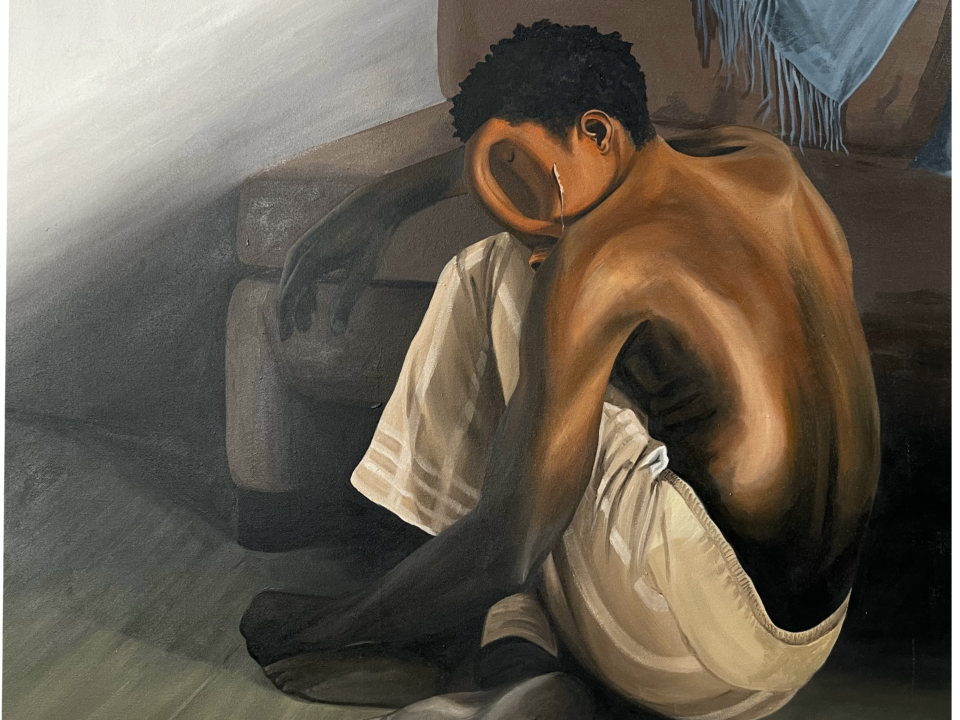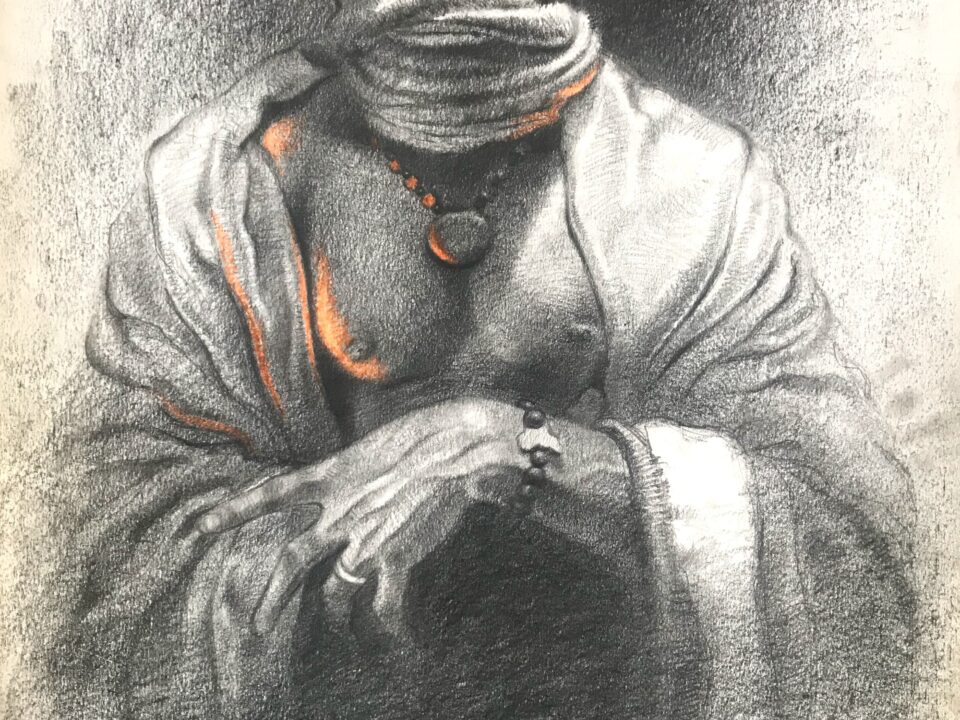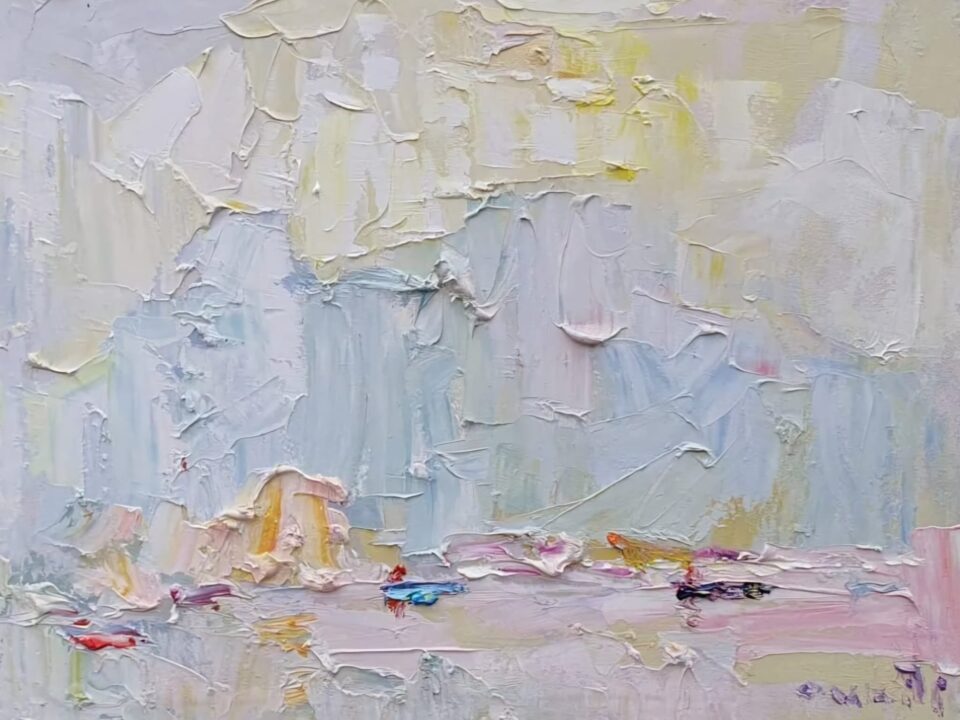
The Manuscript
May 26, 2020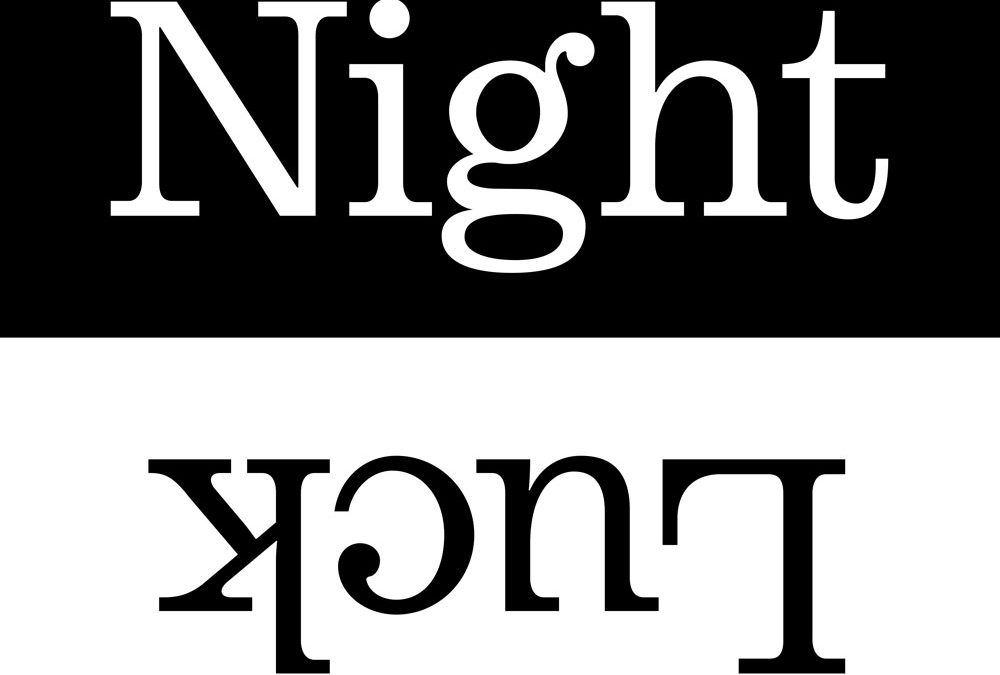
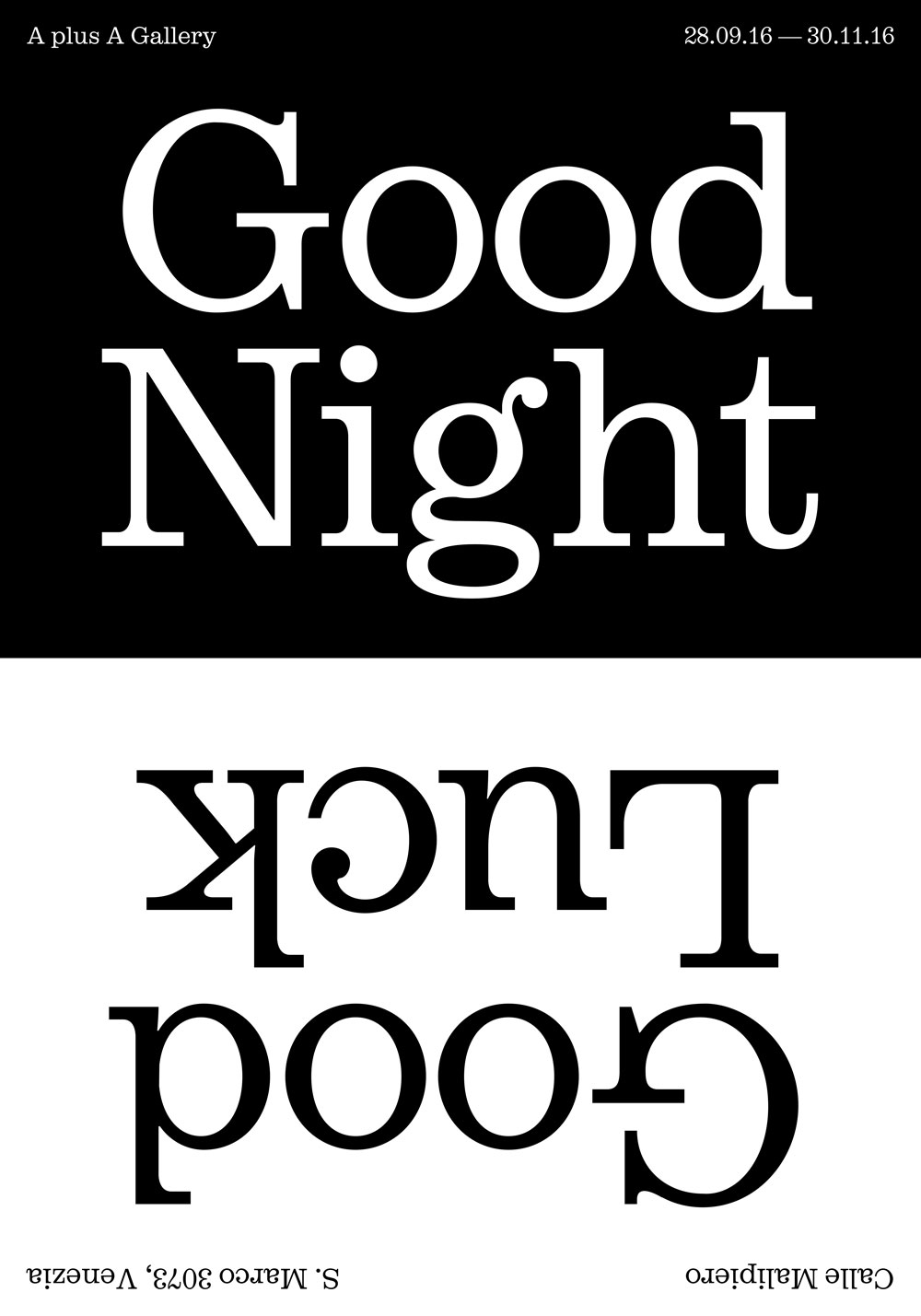
Good Night Good Luck
In October 1940, in a time when England was under German bomb attacks, Princess Elizabeth ended her first broadcast speech by saying “Good night and good luck to you all”. This farewell quote was a popular greeting among English citizens, in a period of time in which seeing each other the next morning was uncertain.
During the 1950s, when the United States was dominated by the anti- communism policies of senator McCarthy, the war reporter Edward Murrow adopted this quote as a catchphrase to end his TV transmissions. In 2005, George Clooney used the same phrase to title a film dedicated to Murrow’s story. By portraying the reporter’s political battles, the movie brought to light not only his initiatives to reveal the obscure aspects of McCarthyism, but also his concerns about the use of television as a mere means of entertainment.
The exhibition “Good night, and Good Luck” recalls Murrow’s quote six decades later – in a historical time in which alienation and freedom of expression have once again become subjects of debate. In a period when digital connectivity and image circulation turned out to assume a central place in our societies, it addresses the hidden processes that undergo what is often “given to be seen” within the contemporary conflicts. It is a matter of questioning the invisible aspects that rule this increasingly visual reality, and by doing so, groping paths that could possibly allow us to leave the condition of lethargic spectators to become real political actors.
In a world in which images of progress, happiness and well-being are continuously created to disguise the real condition of economical, social and environmental unsustainability, the exhibition undertakes the potentialities of art in bringing to the gaze other possible visions and perspectives. Faced with the absence of any easy alternative that could guarantee a sustainable and promising future, it is an attempt to propose an ironical approach for a world that turns to be ironic for itself.
The show investigates how the image can possibly emerge as a tool for critical action rather than as a representational device used to reaffirm given structures. With works that converge aesthetic and politics, within historical and contemporary contexts, it is an invitation to think about the power of the image to manipulate and to distort, but also about its potentialities to reveal and to resist.


